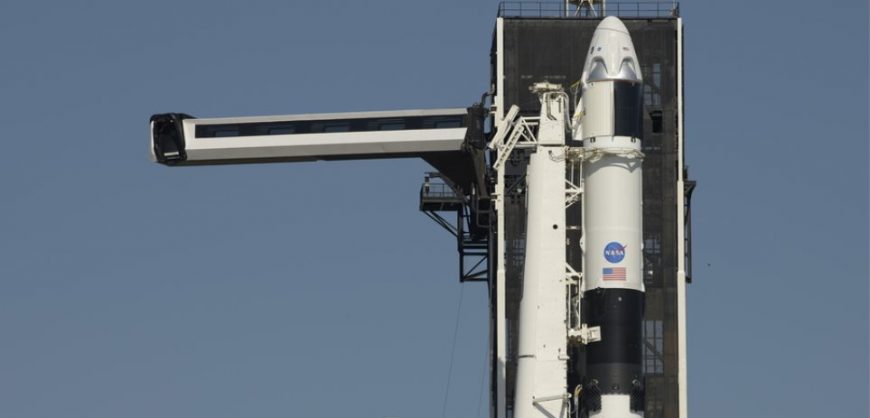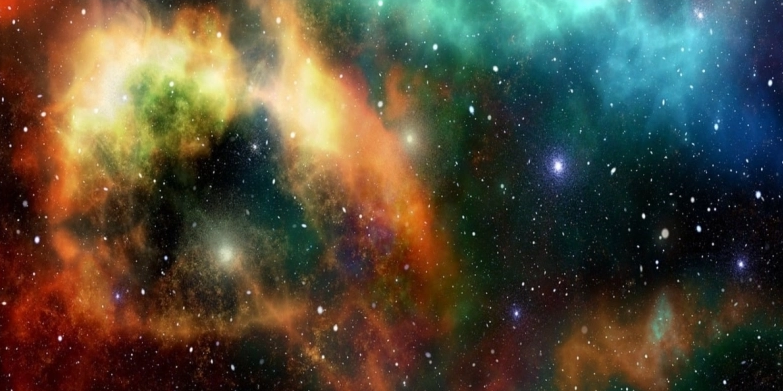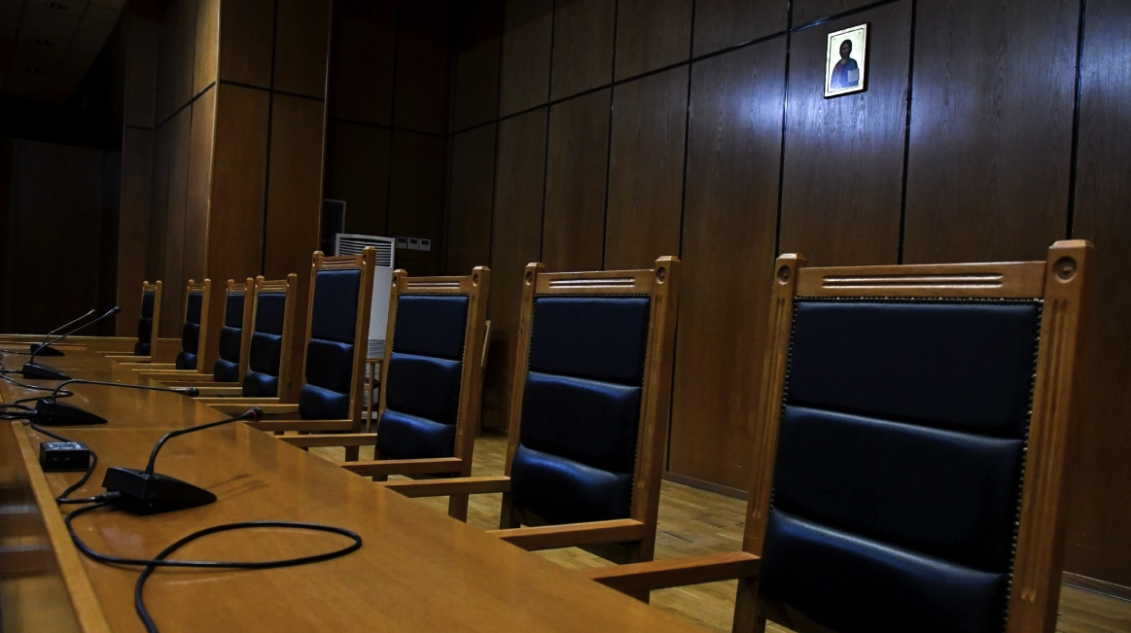Researchers from the United States and India working with NASA have now discovered four strains of bacteria living in different places in the ISS – three of which were, until now, completely unknown to science.
Three of the four strains were isolated back in 2015 and 2016 – one was found on an overhead panel of the ISS research stations, the second was found in the Cupola, the third was found on the surface of the dining table; the fourth was found in an old HEPA filter returned to Earth in 2011.
All four of the strains belong to a family of bacteria found in soil and freshwater; they are involved in nitrogen fixation, plant growth, and can help stop plant pathogens. Basically, good bacteria to have around if you’re growing things.
Man bitten by cobra in Athens in critical condition
Turkish Defence Minister Akar accuses Greece of ‘expansionist policies’
You might wonder what such soil bacteria were doing all the way up on the ISS, but the astronauts living on the space station have been growing small amounts of food for years, so it’s unsurprising that we’ve found plant-related microbes aboard.
One of the strains – the HEPA-filter find – was identified as a known species called Methylorubrum rhodesianum. The other three were sequenced and found to all belong to the same, previously unidentified species, and the strains were named IF7SW-B2T, IIF1SW-B5, and IIF4SW-B5.
Read more: Science Alert


































